Evaluating the effectiveness of antioxidant treatments: The contribution of the C-Cube in clinical research by Pixience
10 June 2025
Antioxidants & oxidative stress: major cosmetic issues
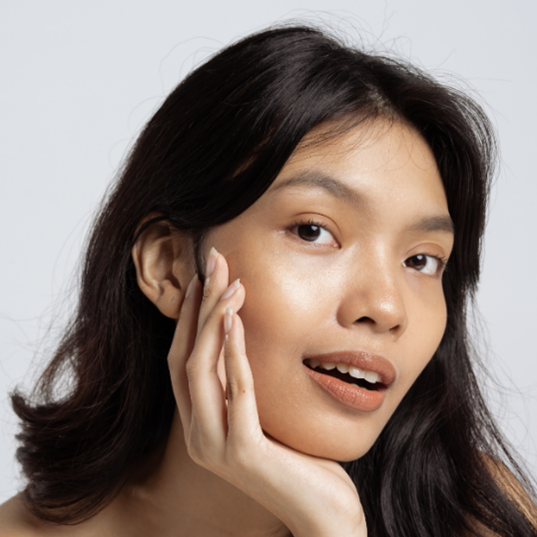
Antioxidants have become essential active ingredients in cosmetic formulas, especially for their protective effects against oxidative stress. This phenomenon, caused by an overproduction of free radicals (from pollution, UV rays or aging), is responsible for many skin alterations: pigment spots, loss of radiance, early wrinkles, disorganization of the skin microrelief…
Antioxydant active ingredients are essential in dermocosmetic formulas, with multiple claims: protection, regeneration, radiance, detox effect…
To objectify these effects, laboratories must rely on precise, standardised and reliable analysis technologies. This is where C-Cube Clinical Research becomes interesting.
C-Cube: a precision imager for clinical objectification
Designed for clinical research, the C-Cube combines a calibrated optical system, homogeneous illumination, and 2D color and 3D stereophotometric imaging capabilities. It thus offers a fine visualization of skin structures, with a margin of error of less than 0.1%.
Standardized, reproducible, and interoperable between study centers, it allows a rigorous quantitative analysis of the skin effects of antioxidant treatments.
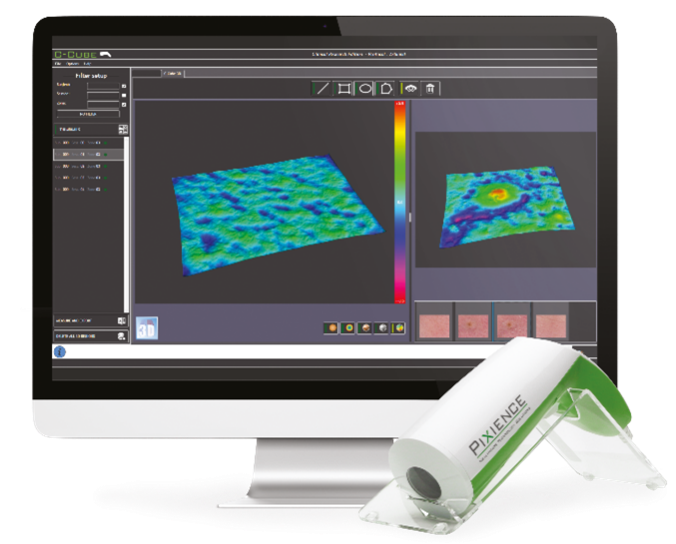
What parameters can be used to objectify the antioxidant effect?
- 1. Pigmentation: detection of spots induced by oxidative stress
Oxidative stress plays a recognized role in the appearance of pigment spots, especially actinic lentigines. The C-Cube can detect hyperpigmented areas (lentigines, sunspots, etc.) via colorimetric filters and intensity thresholds. This analysis is based on an index correlated with the amount of melanin in the skin.
This data makes it possible to objectify measure:
- – Reduction of the surface area or intensity of spots,
- – Improvement of pigment homogeneity
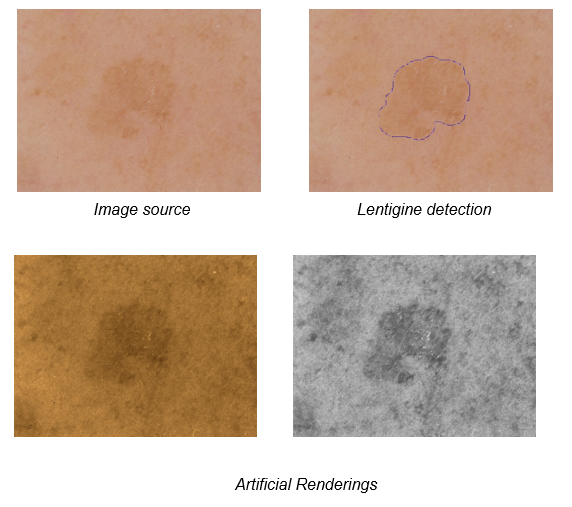
- 2. Pollution: measurement of residual particles on the skin
The alternation of the skin barrier promotes the adhesion of polluting particles. To evaluate the barrier or detoxifying effect of an antioxidant treatment, the C-Cube quantifies the detoxifying or protective effect of antioxidant products via a residual pollution index.
A standardized image is taken before and after particle deposition, and then after cleansing or application of the protective self. The analysis of the images with this particle index makes it possible to quantify the residual quantity and thus to evaluate the protective or cleaning effect of the product tested.
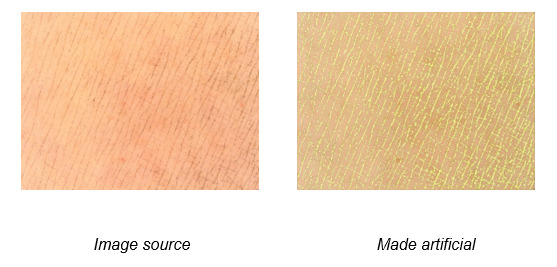
- 3. Skin roughness assessment
Oxidative stress impacts collagen and elastin, accentuating the roughness of the skin. The 3D module of the C-Cube extracts several indicators that comply with the ISO 25178 standard:
- – Sa (medium roughness),
- – Sq (quadratic roughness),
- – Sdr (Relative Surface Development).
These quantitative data make it possible to finely measure the smoothing and restructuring effect of an antioxidant treatment, by comparing the condition of the skin relief before and after application.
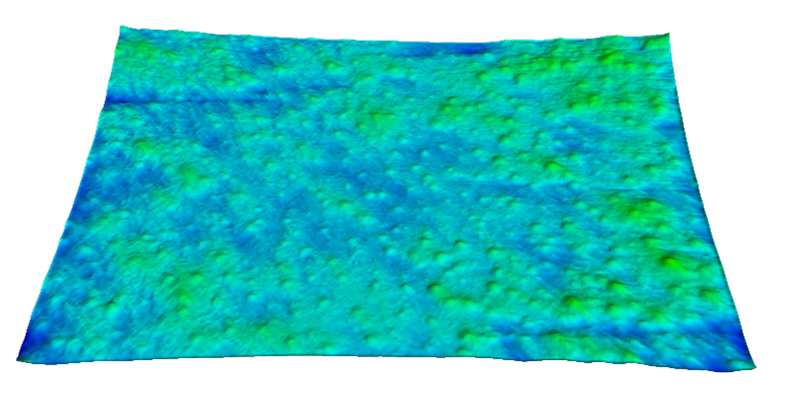
- 4. Radiance of the complexion: luminance index L*
Oxidative stress is also responsible for a dullness of the complexion, often linked to an accumulation of dead cells, a decrease in skin vascularization or an overproduction of melanin. The expected effects of antioxidant skincare is therefore the improvement of radiance.
The C-Cube allows this effect to be measured quantitatively thanks to a brightness index based on the L* component of the CIE L*A*B* color space. This parameter represents the perceived luminance or brightness of a surface:
- – An increase in L* indicates a gain in brightness,
- – A decrease reflects a duller complexion.
Measurements are taken on calibrated images, under standardized conditions, guaranteeing a reliable comparison over time or between groups.
This parameter is valuable for “energy boost”, “anti-fatigue” or “instant radiance” treatments.
A robust solution for validating antioxidant claims
The evaluation of antioxidant effects in dermocosmetics requires analysis methods that are sensitive, reproducible and scientifically sound
The C-Cube Clinical Research is a central tool in the evaluation of the clinical effectiveness of antioxidant treatments. It makes it possible to visually and digitally translate complex biological effects into objective, standardised and reproducible data.
Used for products based on vitamin C, E, niacinamide, polyphenols or plant extracts, it accompanies the scientific demonstration of the claimed effects, in a multi-criteria validation logic (pigmentation, radiance, texture, pollution).
Advertorial
CONTACT
Pixience
Sébastien Mangeruca
CEO
sales@pixience.com
https://www.pixience.com/logiciel-clinique/
https://www.skinobs.com/c/manufacturer.php?id=107








 Follow us on Linkedin!
Follow us on Linkedin!
You must be logged in to post a comment.